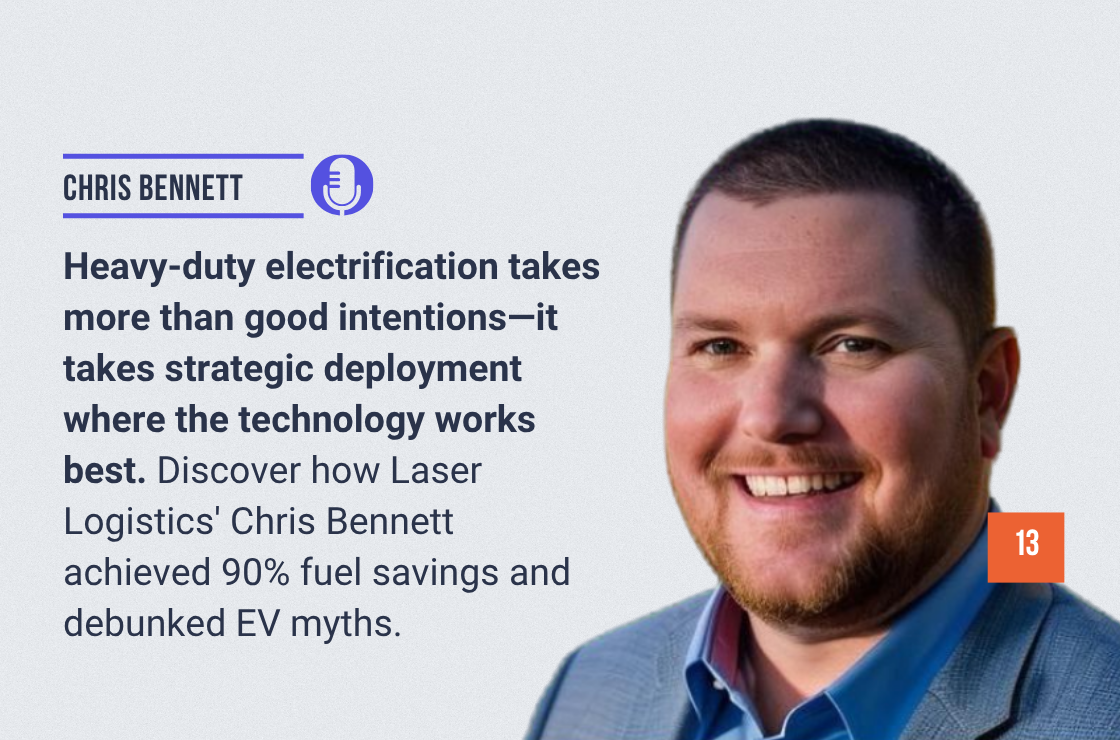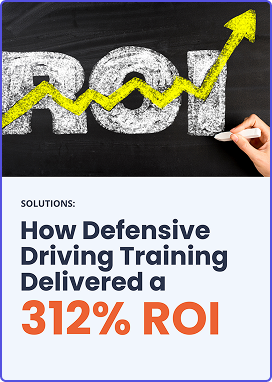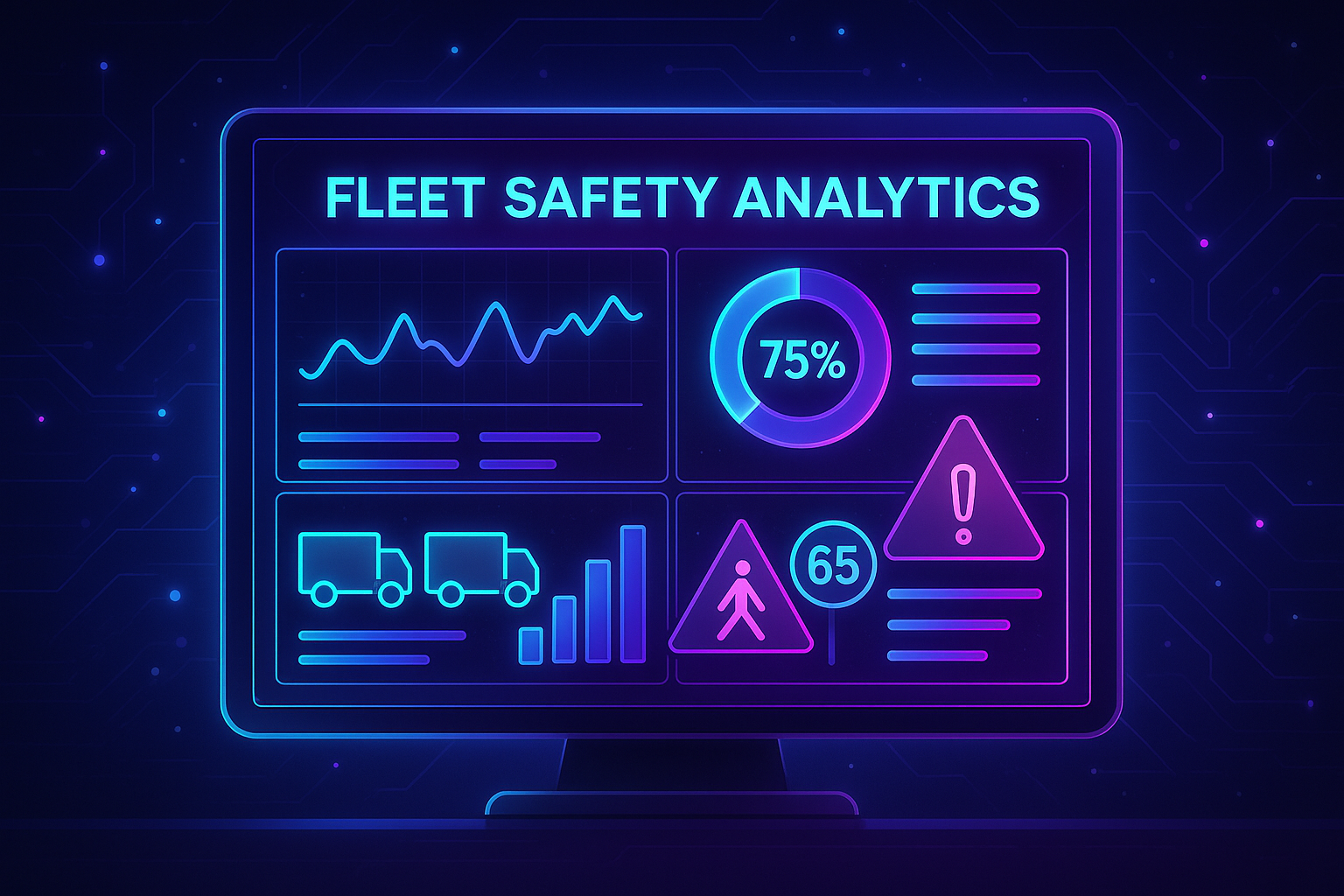
Chris Bennett is a trusted clean transportation leader spearheading Laser Logistics’ 2 million mile and counting heavy-duty EV program, alternative fuel strategy, and sustainability endeavors with a clean focus on heavy-duty EVs. He collaborates closely with clients and industry stakeholders to enhance performance, drive out costs, and maximize clean transportation solutions’ added value and benefits. As a thought leader and advocate of pragmatic transportation sustainability solutions, Chris drives innovation, fosters partnerships, and builds transportation sustainability roadmaps for shippers that pave the way for a cleaner and more efficient transportation future.
Here’s a glimpse of what you’ll learn:
- [4:00] How Chris’s journey from meteorology and political science led to heavy-duty fleet management
- [8:30] The unique world of yard operations where drivers spend 70-80% of their time backing up
- [12:15] Why yard operations create the perfect environment for heavy-duty electrification
- [15:45] Achieving 90% fuel cost savings with strategic EV deployment
- [19:20] The “Big Six” safety protocols that enhance driver training and reduce accidents
- [24:10] How regenerative braking creates both safety and efficiency benefits
- [28:50] Debunking common EV myths including cold weather performance
- [33:40] The concentric circles approach to expanding electrification
- [37:25] Right-sizing charging infrastructure without major utility upgrades
- [41:10] Practical advice for fleets considering their first EV deployment
In this episode…
Heavy-duty electrification faces skepticism from fleets who see it as expensive, impractical, and unsuitable for their operations. Many believe EVs can’t handle the demands of commercial trucking, require massive infrastructure investments, and won’t work in harsh weather conditions. With the pressure to reduce emissions mounting and operational costs continuing to climb, how can fleets find viable pathways to electrification that actually make business sense?
According to Chris Bennett, the key lies in starting where the technology works best and expanding outward in concentric circles. He explains how yard operations create the perfect environment for heavy-duty EVs—with predictable routes, return-to-base operations, and controlled environments that maximize battery efficiency. Chris highlights how his company has achieved 90% fuel cost savings while improving driver comfort and safety, proving that electrification can deliver both environmental and economic benefits when applied strategically. By focusing on practical applications and sharing real-world data, he demonstrates how fleets can move beyond myths to embrace solutions that work today.
In this episode of Roadrageous, hosts Liam Hoch and Chad Lindholm sit down with Chris Bennett, clean transportation leader at Laser Logistics, to discuss how heavy-duty electrification is succeeding in yard operations and what that means for the broader industry. They explore the realities of EV performance versus common misconceptions, the “Big Six” safety protocols that enhance driver training, and how regenerative braking creates both safety and efficiency benefits. Chris also shares practical advice for fleets considering electrification, the importance of right-sizing charging infrastructure, and his vision for how electrification will expand from confined operations to longer-haul applications.
Quotable Moments:
- “I almost call it like going to the office in a cubicle. It’s like driving an office cubicle because it’s so comfortable.”
- “You put a driver in one of these and they go, ‘I’m not sure about this.’ After a week or two they’re going, ‘Oh, please don’t put me back in a diesel ever again.'”
- “I have battery electric trucks operating in Canada at negative 25 degrees, where the diesels can’t get going. Our trucks, you flip ’em on 90 seconds later, the driver’s got a nice warm cab.”
- “We’re generally saving about 90% of the original diesel cost to operate a truck.”
- “Don’t get sucked in as much by the big flashy headlines. There are a lot of really great people doing some really wonderful things in this space.”
Action Steps:
- Start with confined operations: Begin electrification in yard operations or return-to-base applications where the technology works best today.
- Right-size your charging infrastructure: Work within existing electrical capacity rather than assuming major utility upgrades are required.
- Learn from early adopters: Reach out to fleets with even one or two EVs to understand real-world experiences with dealers, OEMs, and charging.
- Implement comprehensive safety protocols: Use structured training programs like the “Big Six” to enhance both safety and efficiency.
- Focus on operational efficiency: Consider how eliminating off-site fueling and utilizing paid break time for charging improves productivity.
- Take advantage of regenerative braking: Train drivers to use feathering techniques that improve both safety and battery efficiency.
Pioneering Heavy-Duty Electrification Through Strategic Deployment
In a recent episode of Roadrageous, hosts Liam Hoch and Chad Lindholm welcomed Chris Bennett, clean transportation leader at Laser Logistics, to discuss the realities of heavy-duty electrification and how strategic deployment is proving that EVs can deliver both environmental and economic benefits.
From Weather Forecasting to Fleet Innovation
Chris’s unconventional path to fleet management – through meteorology, political science, and public administration – exemplifies the diverse backgrounds that drive transportation innovation. His 17-year tenure at UPS provided foundational logistics experience, but it was the opportunity to pioneer alternative fuels and new technologies at Laser Logistics that truly ignited his passion for clean transportation.
Key Discussion Points:
The Unique World of Yard Operations: Chris provided fascinating insights into the specialized world of yard operations, where drivers spend 70-80% of their time looking in mirrors while backing trailers with surgical precision. These operations, involving vehicles called spotters, shunters, terminal tractors, or “yard goats,” serve as the crucial link in supply chain efficiency by keeping over-the-road drivers moving rather than waiting for facility loading.
Perfect EV Environment: Yard operations create ideal conditions for electrification: predictable duty cycles, return-to-base operations, 24/7 utilization potential, and proximity to charging infrastructure. Chris explained how these factors led to terminal tractors becoming the first Class A trucks electrified at scale, with Laser Logistics among the earliest adopters nearly nine years ago.
Impressive Economic Results: The financial benefits have exceeded expectations, with Chris reporting 90% savings on fuel costs in California operations. Beyond direct savings, EVs eliminate driver exposure to diesel exhaust, reduce noise and vibration, and allow drivers to maintain comfortable cab temperatures without idling – creating what Chris calls “driving an office cubicle.”
The “Big Six” Safety Revolution
Chris detailed Laser Logistics’ comprehensive safety protocol that enhances both traditional and electric vehicle operations:
- Three Points of Contact: Maintaining safe entry/exit procedures
- Tug Test: Ensuring proper trailer connections with controlled forward movement
- Fifth Wheel Inspection: Visual confirmation of secure connections
- Load Safety Strap: Preventing load shifts when pulling from dock doors
- Secondary Securement: Ensuring empty trailer doors stay secure during movement
- Five Foot Rule: Mandatory pause and evaluation before reaching stationary objects
This systematic approach significantly reduces injuries and accidents while creating habits that translate across all vehicle types.
Technology Meets Safety and Efficiency
The discussion explored how EV technology naturally enhances safety through regenerative braking. Chris explained how electric motors spinning in reverse during deceleration both slow the vehicle and return energy to the battery, encouraging smoother driving patterns and providing additional stopping power – especially beneficial with heavy loads.
Myth-Busting Real-World Performance
Chris systematically addressed common EV misconceptions, sharing data from over 2 million miles of operation. Cold weather performance actually favors EVs, with electric trucks operating at -25°F in Canada while diesel trucks struggle to start. Battery longevity exceeds expectations, with some units showing potential for multi-decade service life versus traditional diesel replacement cycles.
The Concentric Circles Strategy
Chris’s vision for industry-wide electrification follows a practical expansion model: starting with yard operations where technology excels, then expanding to dray operations (rail and port connections), local delivery, and eventually longer-haul applications as battery chemistry and charging infrastructure evolve.
Infrastructure Reality Check
Contrary to common assumptions about massive electrical upgrades, Chris revealed that over 95% of Laser Logistics’ charging installations utilize existing facility power without utility upgrades. This right-sizing approach focuses on operational needs rather than theoretical maximum charging speeds.
Industry Collaboration and Future Vision
The conversation highlighted the transportation industry’s collaborative spirit, where competitors share insights to advance collective progress. Chris emphasized learning from others’ experiences and taking a pragmatic approach that considers existing diesel assets while strategically introducing cleaner alternatives.
Conclusion
Chris Bennett’s approach to heavy-duty electrification demonstrates that success comes from strategic deployment rather than wholesale transformation. By starting where the technology works best, sharing real-world data, and focusing on practical applications, fleets can achieve significant environmental and economic benefits while building expertise for future expansion. His “concentric circles” model provides a roadmap for industry-wide adoption that respects both technological limitations and business realities.
The key insight: electrification isn’t about replacing every diesel truck tomorrow – it’s about identifying where EVs excel today and expanding systematically as technology and infrastructure evolve.
Resources mentioned in this episode:
- Chris Bennett on LinkedIn
- Laser Logistics
- Liam Hoch on LinkedIn
- Chad Lindholm on LinkedIn
- IMPROVLearning
- North American Council for Freight Efficiency (NACFE)
- Orange EV
Sponsor for this episode: This episode is brought to you by IMPROVLearning.
At IMPROVLearning, we’re dedicated to transforming driver education through innovative, research-backed training methods. Our SPIDER™ Driver Training platform combines humor with proven brain-training techniques to help drivers anticipate and avoid potential dangers on the road. With over four million students trained, we know that learning sticks best when it’s engaging, short, and actively tested — resulting in fewer crashes, violations, and safer drivers overall.
To learn more about how IMPROVLearning makes roads safer one driver at a time, visit improvlearning.com.







